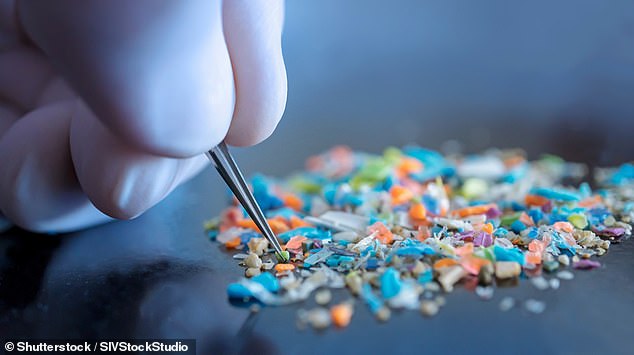
Experts Link Rising Severe Illnesses to Shocking Cause: Microplastics in Water
Tiny Microplastics in Water Linked to Higher Risk of Disabilities, Study Warns
Microplastics—tiny plastic particles infiltrating our environment—are now linked to an increased risk of physical and mental disabilities, according to alarming new research. Scientists suggest these particles, often invisible to the naked eye, may enter the body and harm the brain and nervous system.
Key Study Findings
Researchers analyzed microplastic levels in seawater across 218 coastal U.S. counties. Areas with the highest concentrations showed a 16% higher risk of residents developing disabilities severe enough to impair self-care. These regions also reported:
- 9% higher rates of cognitive issues (memory, thinking problems).
- 6% increased risk of mobility limitations.
- 8% higher chance of needing assistance for daily tasks (e.g., managing finances, transportation).
The study, led by Dr. Sarju Ganatra of Lahey Hospital and Medical Center, noted risks persisted even after accounting for factors like heart disease or stroke. However, the research doesn’t prove causation, emphasizing the need for further investigation.
![Placeholder: Map showing U.S. coastal microplastic hotspots]
The Microplastic Problem
Microplastics pervade oceans due to pollution and currents that concentrate them in certain regions. High-density areas had over 1,000 particles per cubic meter of water, compared to fewer than 10 in low-density zones. While the study captured a snapshot in time, rising global plastic use suggests risks could escalate.
Health Implications
Earlier studies add urgency:
- Brains of deceased individuals in 2024 contained 50% more microplastics than those examined in 2016.
- Dementia patients had 10 times more microplastics in their brains than healthy individuals (though the sample was small).
- Chinese researchers linked microplastics to brain blood clots, potentially raising stroke and depression risks.
![Placeholder: Microplastics under a microscope]
Why Avoidance Is Nearly Impossible
Microplastics infiltrate air, water, food, and household items. They’ve been found in human intestines, blood, and even sperm. Everyday items like tea bags release billions of particles when used. Switching to glass, metal, or natural materials may reduce exposure, but complete avoidance remains unrealistic.
Limitations and Next Steps
Critics highlight gaps: the study didn’t track changes over time or fully account for variables like industrial activity or waste management. Dr. Ganatra stresses that ocean currents and regional factors complicate solutions, demanding collaborative environmental and public health strategies.
Conclusion
As chronic illnesses rise—with UK disability rates up 3% in a year—understanding microplastics’ role is critical. The full study will be presented at the American Academy of Neurology’s April 2025 meeting. Until then, reducing plastic use and supporting stricter pollution controls may mitigate risks lurking in our water, food, and bodies.
![Placeholder: Person using reusable alternatives to plastic]
Word count: 598


